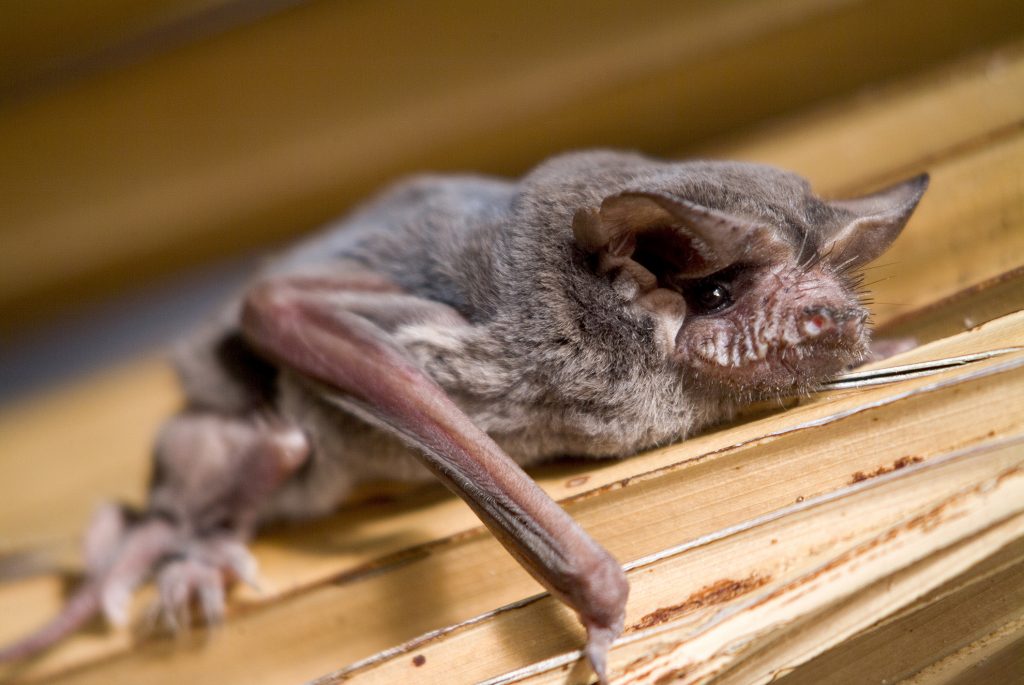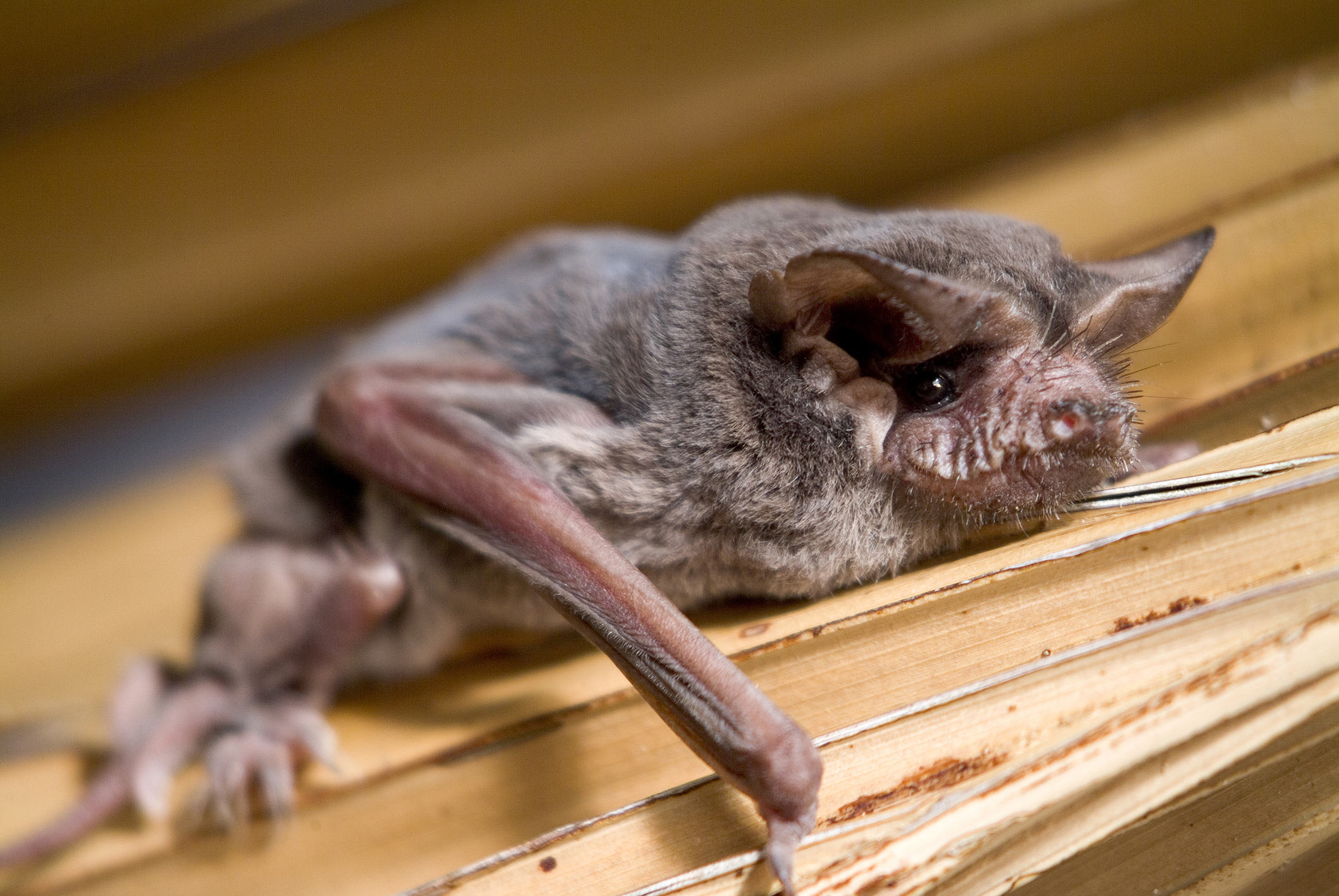

As we enjoy the outdoors in San Bernardino County, it’s essential to remember that while bats play a vital role in our ecosystem, they can also be carriers of rabies, a fatal disease. The San Bernardino County Department of Public Health wants to remind everyone of the risks associated with bat encounters and how to stay safe.
Understanding the Dangers of Rabies
Rabies is a viral disease that affects the central nervous system. While it can be transmitted by various animals, bats are the primary carriers of rabies in California and are responsible for 80% of rabid animal cases in the state. In 2023, the state reported 11 rabid bats in San Bernardino County. As of Sept. 5, there have already been 13 confirmed reports of rabid bats.
Rabies is typically spread through the bite or scratch of an infected animal or contact with its saliva or nervous system tissue (infected brain or spinal cord tissue). Once infected, the symptoms include fever, headache and weakness, followed by more severe symptoms like confusion, hallucinations and difficulty swallowing. Unfortunately, rabies is almost always fatal once symptoms develop, making prevention and early intervention critical.
What to Do If You Encounter a Bat
Despite what some social media trends suggest, bats are not pets. Since they can carry rabies, contact should be avoided. To stay safe, keep your distance and do not handle them directly.
It is crucial to take immediate action if you come into contact with a bat, whether through a bite, scratch or other means. Wash the affected area thoroughly with soap and water and seek medical treatment as soon as possible. Rabies post-exposure prophylaxis, which includes a series of rabies vaccines, is highly effective in preventing rabies if administered promptly after exposure.
In any situation where there is potential exposure to a bat, it is crucial to avoid direct skin-to-skin contact. Report the bat to San Bernardino County Animal Care for safe removal. If possible, they will test the bat for rabies. Animal Care can be contacted at 1-800-472-5609.
Preventing Rabies: Simple Steps to Stay Safe
- Avoid direct contact with wild animals: Never touch or handle bats, especially if they appear sick or injured.
- Keep pets vaccinated: Ensure your pets are up to date with their rabies vaccinations to protect them and your household.
- Secure your home: Seal entry points to prevent bats from entering your living spaces.
- Report unusual bat behavior: Bats that are active during the day, unable to fly, or found on the ground may be rabid. Contact local animal services to report these sightings.
Rabies is a preventable disease, and by following these safety measures, you can protect yourself, your family and your pets from this deadly virus. If you suspect exposure to a potentially rabid animal, do not hesitate—contact your healthcare provider immediately.
For more information, please contact the San Bernardino County Department of Public Health’s Communicable Disease Section at 1-800-722-4794 during business hours, Monday-Friday 8 a.m.-5 p.m., or after hours at 1-800-472-2376. Stay informed and stay safe.
Additional County Update News – September 19, 2024
- Supervisors celebrate flourishing businesses and groundbreaking technology at State of the County
- County’s wildfire efforts move from response to recovery
- Board Chairman works with state to address insurance crisis
- County’s Innovation and Technology Department protects residents’ data
- Desert View Conservation Area, Joshua Tree’s hidden gem
- Inspiring the next generation of stargazers: Janice Horst Library opens observatory in Lucerne Valley
- ‘Gift a Kid a Book’ brings free books to Upland preschoolers at First 5 San Bernardino’s pop-up lemonade stand
- Applications now available to eligible veterans for high school diplomas – Operation Recognition Veterans Diploma Project, Class of 2025
- San Bernardino County Code Enforcement multi-agency off-road operation
- Join our community champions promoting Team Democracy
- ARMC celebrates groundbreaking for new Adolescent Behavioral Health Unit
- San Bernardino County destinations
- San Bernardino County history
- Things to Do in San Bernardino County
- Pet of the Week
